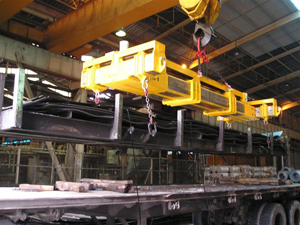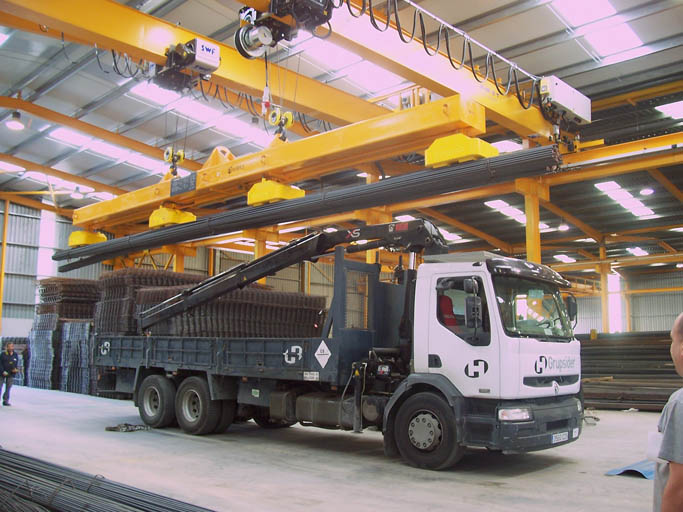Introducing our high-quality Slings for Lifting Loads - the ultimate solution for all your heavy-duty lifting needs! Crafted with precision and durability in mind, these slings are designed to provide maximum strength and reliability. Made from premium-grade materials, they boast exceptional load-bearing capacity, ensuring safe and efficient lifting operations. With their adjustable length and easy-to-use design, our slings offer unparalleled flexibility and convenience. Whether you're in the construction industry or need to move heavy objects in your warehouse, these slings are your go-to tool. Invest in our Slings for Lifting Loads today and experience the power of effortless lifting!
Product Introduction of Crane Parts:
When our Lifting Spreader standard size coil tong does not fit your needs, we can fabricate one to your specific requirements. This is to ensure maximum safety as the device operates on your local construction sites.
Optional parts for the coil tong include the rotating head and weighing system. the rotating mechanism enables the coil to rotate around its vertical axis while the weighed can precisely measure the weight of the coil.
Features of Lifting Attachment:
1. The coil tong is produced as one-piece element. It usually hangs under the crane, and is connected to the crane using one, two, three, or four couplings.
2. The coupling can be stationary or rotary. In a rotary configuration, the rotating head can provide a wide range of rational speeds adjustable via the variable frequency drive, though the nominal speed is 1.2rpm.
3. A weighing system can be added to the contact point between the coil and tong jaw. It displays the weight of coil on a screen that is attached to the tong body.
4. During operation, the telescopic tong jaw can be extended or retracted to the desired length so that it covers the majority width of the coil. The minimum allowable width of coil is 300mm.
5. The motion of the tong jaw is controlled and driven by a brake and motor reducer. Both jaws approach the coil simultaneously.
6. Lateral protection is used to detect whether the jaw has touched the coil or not.


